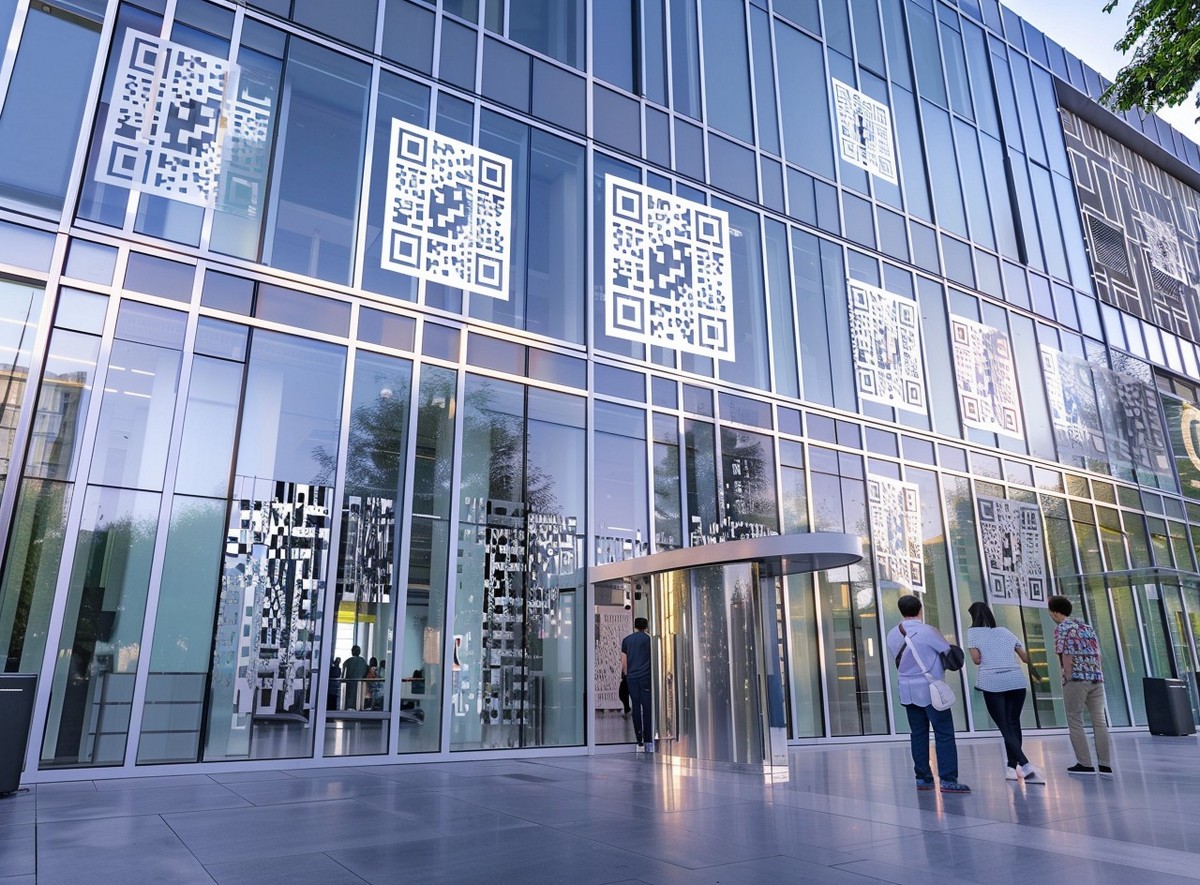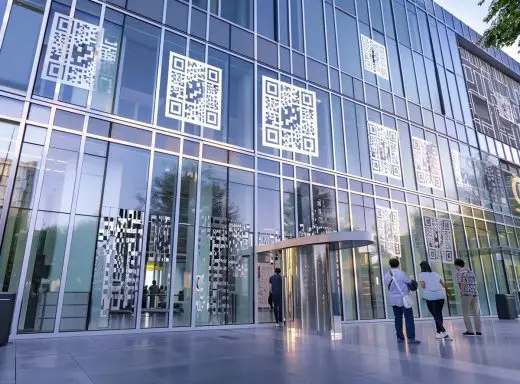QR Codes in architecture revolutionizing design accessibility guide, Labels market, Real-world examples
QR Codes in Architecture: Revolutionizing Design Accessibility
17 May 2024
Table of Contents:
- What are QR Codes?
- The Integration of QR Codes in Architecture
- Benefits of Using QR Codes in Architecture
- Real-World Examples of QR Codes in Architecture
- How QR Codes Enhance Visitor Experience
- QR Codes in Building Operations
- Sustainability and QR Codes
- Challenges and Considerations
- Future Trends in QR Code Technology
- How to Implement QR Codes in Your Projects
- Conclusion
QR codes have been extensively adopted in various industries, including architecture, due to their versatility and efficiency. The QR Code labels market, specifically, is anticipated to reach $2.1 billion by 2027, growing at a compound annual growth rate (CAGR) of 8.9% from previous years. This growth is indicative of the broader adoption and integration of QR code technology across different sectors, including architecture, where these codes can be used for smart building solutions, access to detailed building information, and enhanced visitor interaction.
Have you ever walked by a building and wondered about its history, the architect behind it, or the various design elements it features? Well, imagine pointing your smartphone at a QR code and instantly accessing all that information. QR codes are not just for restaurant menus anymore; they’re revolutionizing how we interact with architecture too!
What are QR Codes?
QR codes, those small square grids that can be scanned using a smartphone’s camera, have become a ubiquitous tool in our digital world. Originally invented to track components in automotive manufacturing, their ability to store a variety of information from website links to text has made them invaluable in many sectors. In architecture, these codes bridge the gap between digital content and real-world structures, offering a new layer of interactivity and accessibility.
The practicality of QR codes lies in their simplicity and the widespread use of smartphones capable of reading them. For architects and builders, this means they can embed a wealth of information about a building’s design, materials, and more directly into a QR code. This ease of access transforms how visitors and residents interact with the building, providing a deeper understanding and appreciation of the architectural work.
The Integration of QR Codes in Architecture
Integrating QR codes into architecture involves more than just placing a code on a wall. It requires a thoughtful approach where each code is strategically placed to provide relevant information and improve the visitor’s experience. For instance, a QR code near the entrance of a building could give details about the architectural style, history, and any sustainable materials used, which enriches the visitor’s understanding as they tour the building.
Moreover, the integration of these codes must be done in a way that complements the architectural aesthetics and does not interfere with the design or historical integrity of the building. Architects are finding innovative ways to incorporate QR codes seamlessly into their designs, such as embedding them into decorative tiles, plaques, or digital information kiosks, making them a natural part of the building’s narrative.
Benefits of Using QR Codes in Architecture
QR codes in architecture streamline the dissemination of information, making it instantly accessible to anyone with a smartphone. This accessibility is particularly beneficial in educational settings, such as museums or historical sites, where architects can provide a self-guided tour experience through QR codes. Each scan can unveil parts of the building’s story, from architectural features to anecdotes about its construction, enriching the visitor’s experience.
- Efficient Information Sharing: QR codes can provide detailed building plans, accessibility options, and even augmented reality tours. This not only educates but also intrigues users, inviting them to explore spaces in depth.
- Boosted Engagement: By incorporating interactive elements, architects can create more engaging environments. Imagine scanning a QR code next to a historic building and being treated to a virtual tour of its past.
- Streamlined Maintenance: For building operations, QR codes linked to maintenance databases can help manage facilities more efficiently, reducing costs and improving safety.
How QR Codes Improve Visitor Experience
Think of QR codes as portals to hidden worlds. At a glance, they offer architectural secrets, insights into sustainable practices, and even interactive experiences like light shows or art installations that react when scanned. Their applications are practically limitless when paired with architecture, and can help make visiting buildings more of an educational and interactive experience.
QR Codes in Building Operations
Beyond the public interface, QR codes assist in the smooth operation of buildings. They link to systems that monitor structural health, track energy usage, and streamline repairs and maintenance—a boon for sustainability and safety. This can make building monitoring and maintenance a cakewalk, especially as all information is easily accessible with a quick scan of a compatible smartphone.
Sustainability and QR Codes
QR codes promote sustainability by providing quick access to green building practices, energy statistics, and recycling information, fostering a more informed and environmentally conscious public.
Challenges and Considerations
While the benefits are significant, the use of QR codes comes with challenges like technological reliance and privacy concerns. Additionally, there’s the worrying trend of QR codes being used within phishing scams, which highlights the need for more public education on the proper use of QR codes, to keep them safe when scanning. Balancing innovation with these considerations is key to successful integration.
Future Trends in QR Code Technology
With advancements in AR and AI, the future of QR codes is bound to get even more exciting. They could soon offer real-time data overlays, enhancing how we understand and interact with our built environment.
How to Implement QR Codes in Your Projects
Implementing QR codes involves understanding both the technological aspects and the user experience. From the placement of codes to ensuring they link to high-quality, relevant content, every detail counts.
QR codes in architecture bridge the gap between digital information and physical spaces. They not only make architecture more interactive but also more accessible, bringing details to the fingertips of curious minds everywhere.
Comments on this guide to Top 6 Reasons to Replace Your Home’s Siding article are welcome.
Technology
Technology Posts
AI-based industrial decarbonization technology
Shaping work environments for technology companies
Impact of technology on the construction industry
Home
Residential Architecture Articles
Comments / photos for the Top 6 Reasons to Replace Your Home’s Siding page welcome






